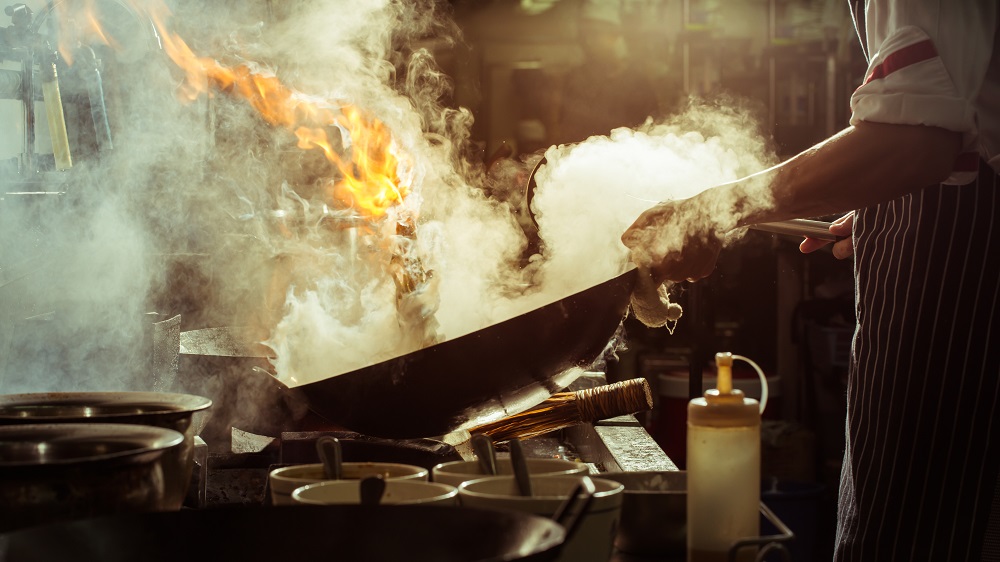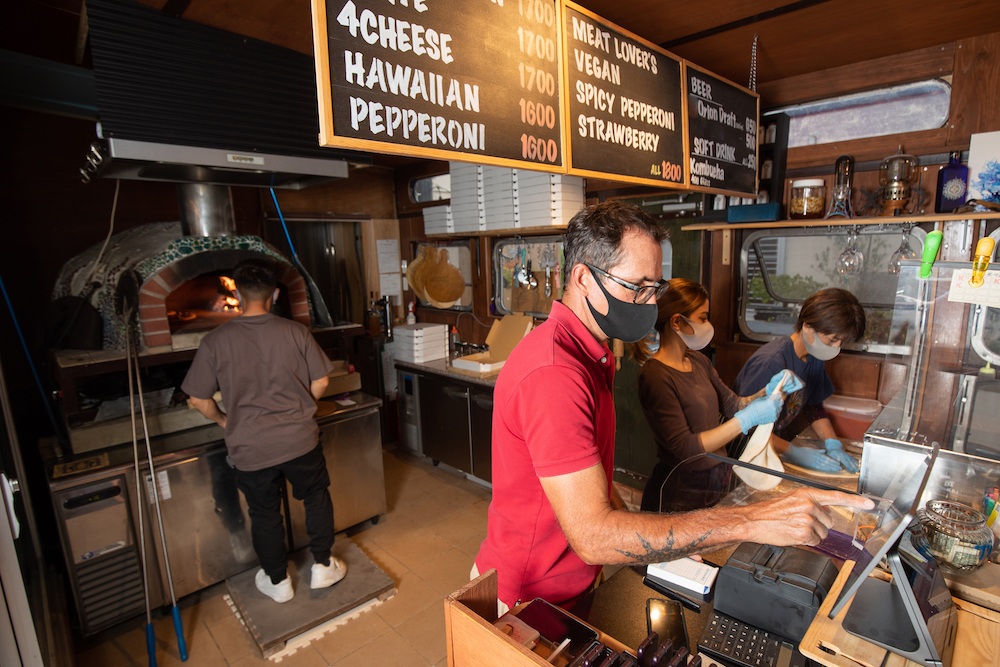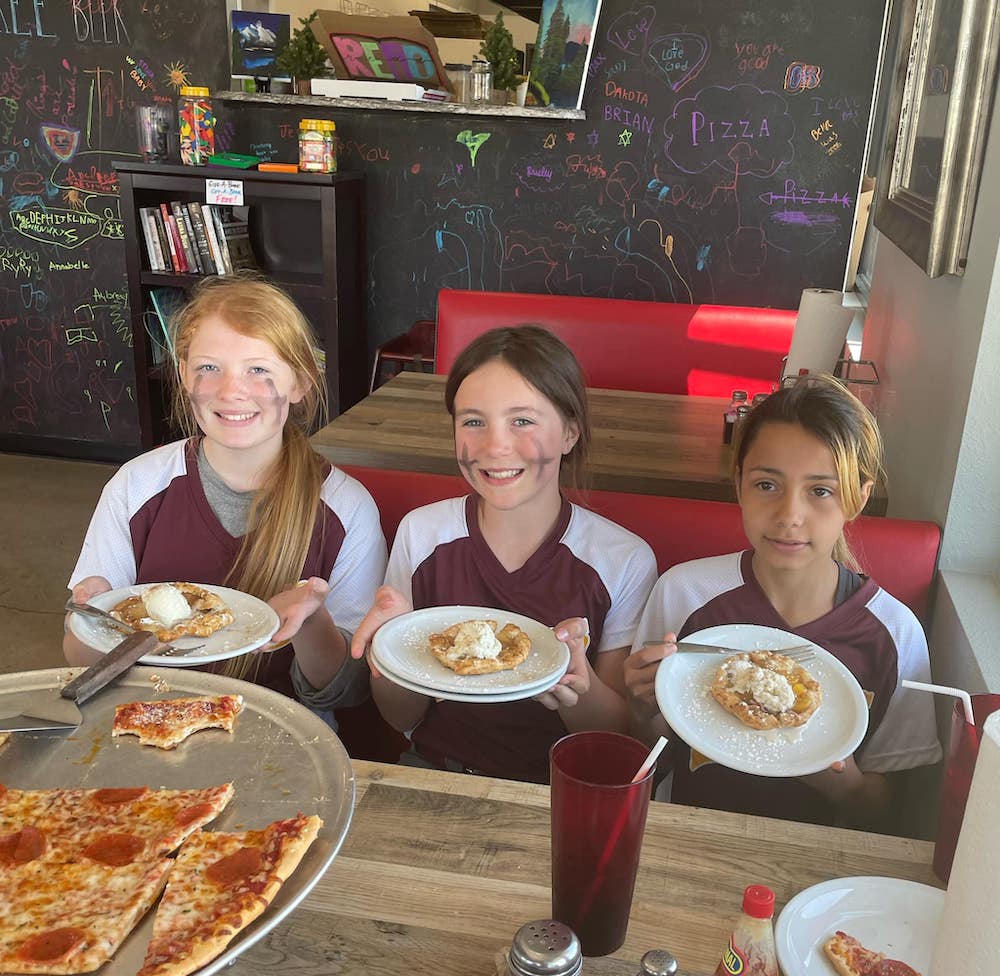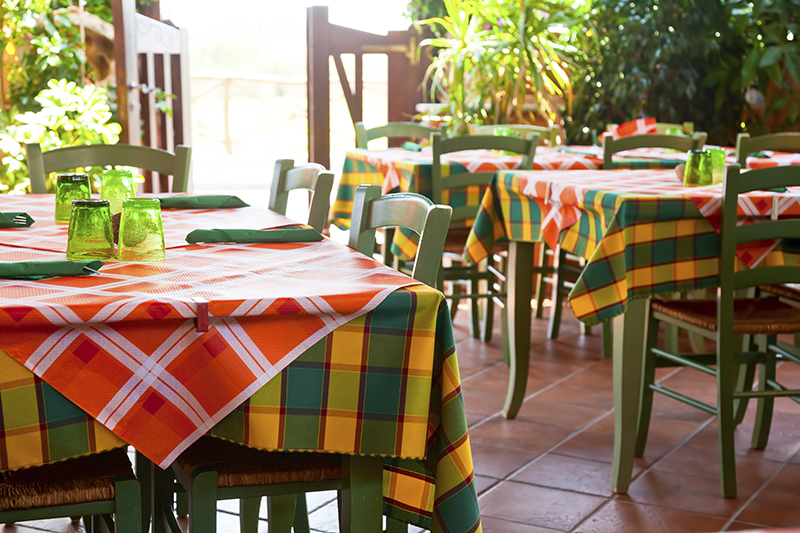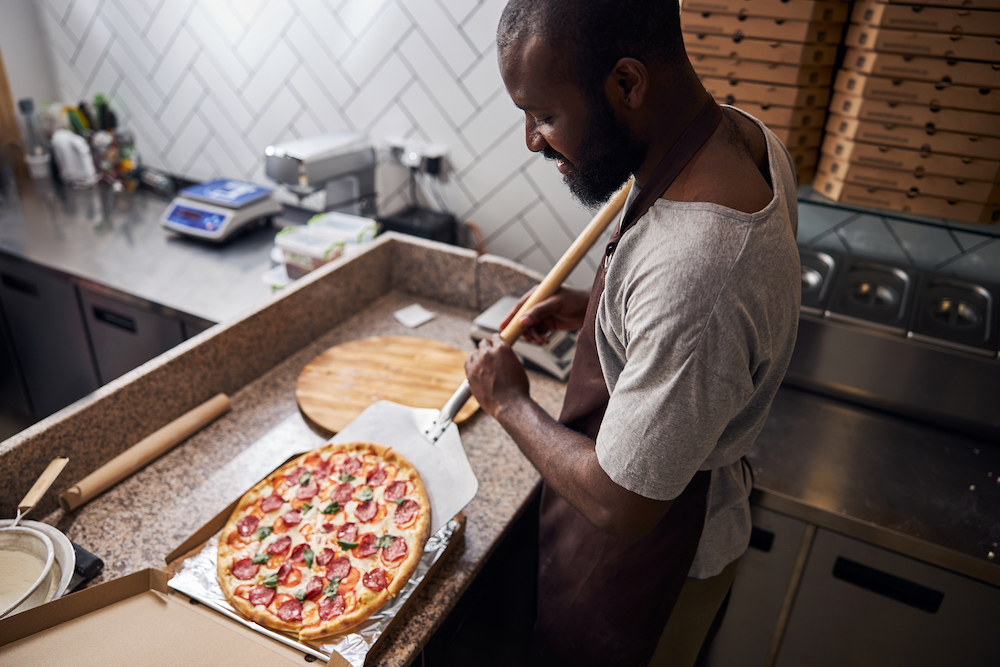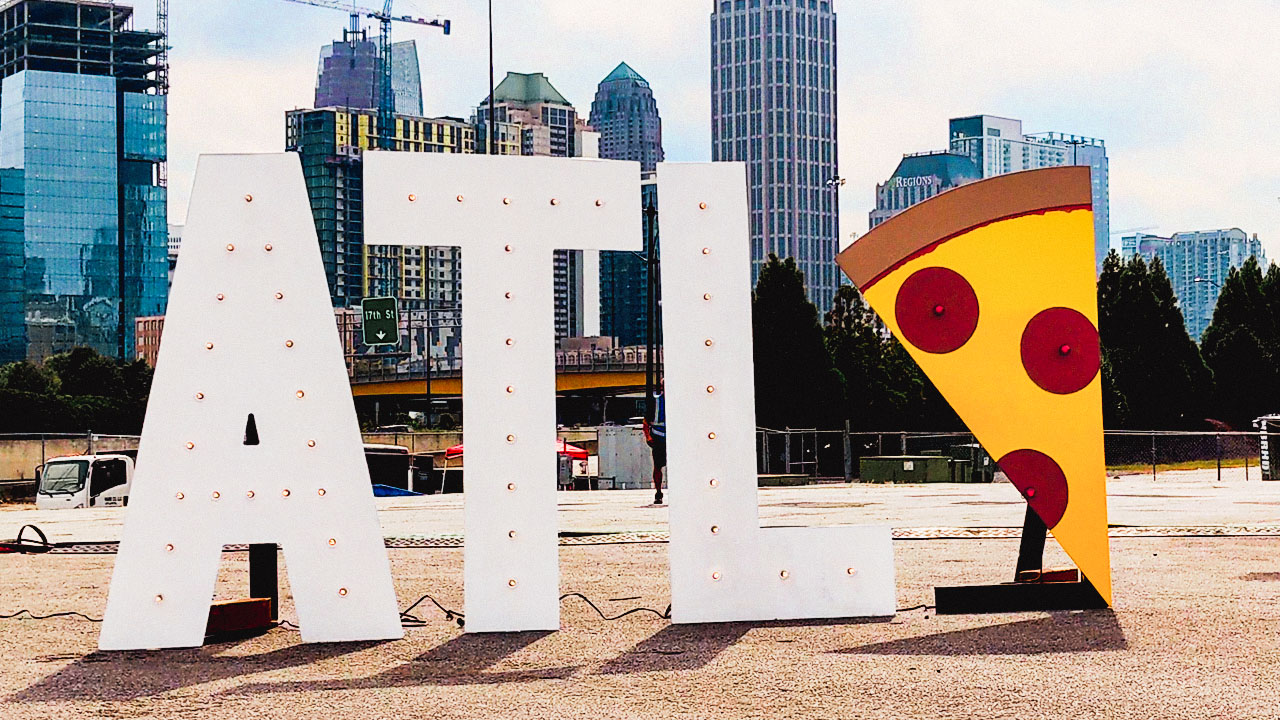When crises happen, good pizzeria managers rise to the occasion, but even the best ones are likely to encounter problems they don’t know how to deal with. That’s why a basic “survival kit” might be a good idea for your operation.
This Managers Survival Kit should explain how to handle some of the more
common occurrences as well as those experienced less frequently. Don't be
concerned about offending another manager's intelligence by simplifying the steps to be taken. Easy-to-understand steps are especially necessary during hectic periods when seconds may mean saving an employee’s or customer’s life. Explain to your managers that you're setting them up to be heroes, if need be.
To develop your Managers Survival Kit, consider focusing on some of these basic emergencies and their respective strategies:
Power outages. Have flashlights with fresh batteries placed throughout the restaurant and issue them to waitstaff at points in the dining room to keep customers calm. Turn off switches to most major equipment (such as ovens) to avoid potentially harmful power surges when power returns.
Winter storms (ice and sleet). Be prepared for power outages as power lines often fall due to heavy onset of ice. Have sufficient amounts of rock salt or ice melt on hand to keep outside walkways clear and safe. Prepare to lengthen delivery times, bring in more drivers, and have an action plan in place in case delivery must be cancelled.
Slip and fall injuries. This is the most common workplace injury in restaurants. Have the appropriate forms accessible for reporting the incident and be prepared to take photos to visually capture the event. If the slip-and-fall is the result of negligence (such as an unattended spill on the floor), take care of it on the double!
Tornadoes. Keep a radio handy (ideally a weather radio, available at most hardware stores, that is self-powered in case of power outage) and in the front where customers and employees can stay tuned to weather warnings. Define the differences between tornado watches and warnings. Assign a “safe place” with thick walls and no windows; most indoor walk-in refrigeration units are the best choice for people to gather if they might be in a tornado's path. If there isn't time for everyone to seek proper shelter, ensure that customers and employees stay away from windows and crouch near the ground. Post at least one map to the designated “safe place” for customers; near the waitress station is appropriate placement.
Armed robbery. If your company doesn't encourage safety-training classes in this regard, it should. Invite your local police or sheriff's department to conduct a “what to do if” session with management, and even employees most will be eager to participate. Some basic measures include: stay calm, never argue with the criminal, and don't be a hero. Also have an “after the offense” plan for employees and customers who feel victimized or even traumatized. Plan to take care of everyone involved, before, during and after such a situation.
Delivery driver robbery. Advise your drivers, as with an in-house robbery, to stay calm and avoid heroics. They should remain alert on every delivery and never approach suspicious locations, such as vacant buildings. Managers should train drivers in on-the-road safety tips, including those mentioned above. If necessary, redline your delivery area to protect your drivers. Have appropriate report forms handy if a robbery does take place.
Restaurant fire. Have an evacuation route pre-established and mapped out clearly on laminated maps posted in conspicuous places (near the cash register, near the salad bar, near the employee break area). Color-code the map with easy-to-follow directions. Practice fire extinguisher use and keep them primed (most fire marshals take care of this one). If possible, shut off gas mains leading to your equipment, especially ovens. Don't know where the main shut-offs are? Find out today! Keep 911 and other emergency numbers posted near all phones.
Other less-considered subtleties also go a long way in handling emergencies that seem small at the present but can feel huge at the time they happen. When customers lock their keys in the car, keep the number of a trusted locksmith on your phone. Also keep a couple of umbrellas handy under the front counter for those elderly customers who might have to venture out during a rainstorm.
As with any management tool created around proper procedure, your kit should be introduced during the first sessions of training. And don't wait until employees are “management material” if you tend to promote from within the ranks. Expose all employees to the look, feel and proximity of the kit as early as first-hire orientation. This will help ensure that emergency procedures are followed by everyone and make the manager's job that much easier in dealing with a time-critical situation.



